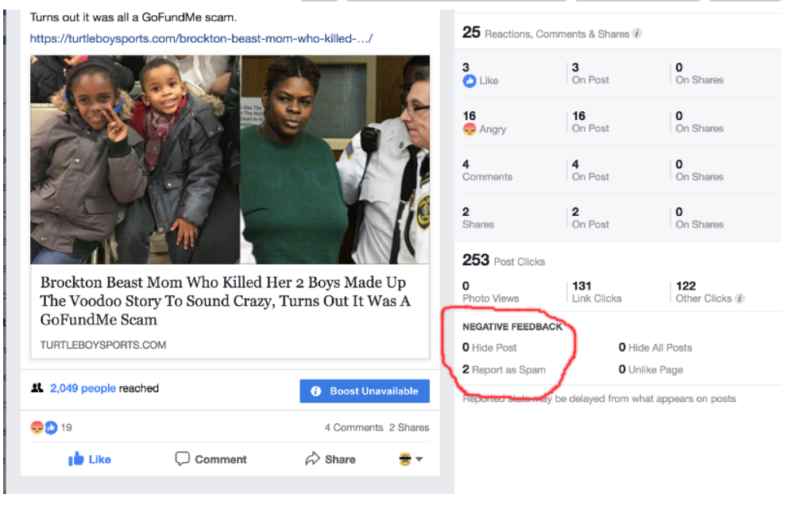
( source) China’s Ministry of Commerce didn’t accept that interpretation and launched an investigation into Didi’s acquisition of Uber. September 2016 – Didi didn’t apply for antitrust clearance for the Uber merger since it claimed it was not required to do so since the two companies that merged were earning less annual revenue than China’s anti-trust law’s threshold of 10 billion yuan ($1.5 billion). ( source) The Ministry of Commerce and was still investigating anti-competitive implications longer after the limit of 180 days in the anti-trust law.

Didi also made a $1 billion investment in Uber Global. Uber gets a stake of 17,5% in the new combined company. ( source) Troubled timesĪugust 2016 – Didi, which has 87% market share, acquires Uber China, which was losing $1 billion per year in the discount war with Didi. September 2015 – Didi Kuaidi had obtained 80% market share in private car hailing services and 99% of the taxis market share. ( source) This has recently been mentioned by media as an early example of the sensitivity of Didi’s data gathering. July 2015 – Chinese state news agency Xinhua collaborated with Didi’s big data analytics department on a report focusing on commuting patterns of state staff working for different Chinese ministries.
#Sources didi chinabased keep linkdoc us driver
( source) In 2015 Didi added other features to complement its basic taxi-calling function such as new premium vehicle services, functions for carpool and designated driver transportation modes. ( source)įebruary 2015 – Under pressure from investors, Didi Dache and Kuaidi Dache merge to become Didi Kuaidi, later renamed to Didi Chuxing.

Internet giants Alibaba and Tencent were already backing taxi-apps Kuaidi Dache and Didi Dache respectively. Unlike Didi and Kuaidi, which started as taxi-hailing apps, Uber China introduced luxury car services.ĭecember 2014 – Baidu invests in Uber China. ( source)įebruary 2014 – Uber China launched. Jan 2014 – Didi gets added to Tencent’s WeChat app. Two bellwethers of the industry Didi Dache and Kuaidi Dache survived. ( source) In the second half of 2013, few taxi apps can sustain the staggering money burning speed. November 2013 – Kuaidi acquires fourth largest taxi app Dahuangfeng. ( source)Īugust 2013 – The government officially recognises four taxi apps, among which Didi. ( source) Government bans bidding feature in taxi apps, which allowed users to offer tips upfront to win a cab in peak hours.

May 2013 – Kuaidi Dache starts a cooperation with mobile payment app Alipay. For the sake of market share, none of the taxi apps was taking transaction-based commission or any other fees. In order to grab larger market share in a crowded market, taxi app companies competed by paying hefty subsidies to users and taxi drivers. Late 2012/Early 2013 – A dozen of taxi apps emerged between late 2011 and early 2012, including Yaoyao Zhaoche, Dache Xiaomi (developed by Yongche), Anyimob, Easy Taxi, and Didi Dache. September 2010 – Yongche, the first Chinese Uber clone, launched service. Did we miss anything important? Please let us know. It also gives a detailed analyses of recent happenings, taken from various sources. This timeline summarizes some milestones in Didi’s development and moments it ran into the government. This wasn’t the first time, although it is the most severe case, with the government starting a cybersecurity review for the first time ever. In July 2021 Didi clashed with various regulators of the Chinese government.


 0 kommentar(er)
0 kommentar(er)
